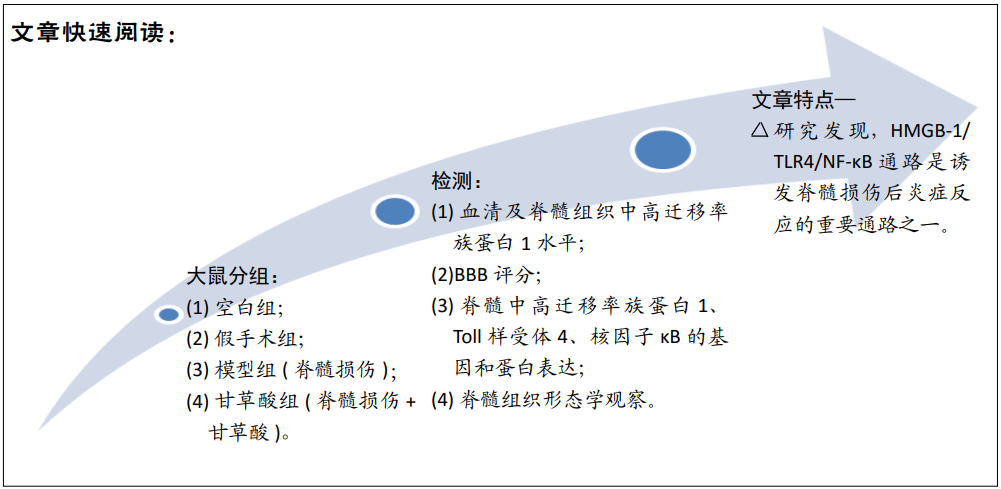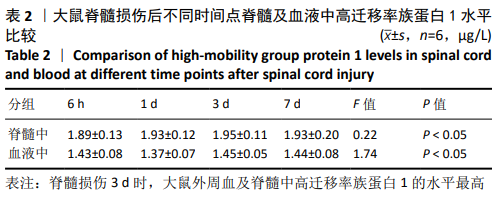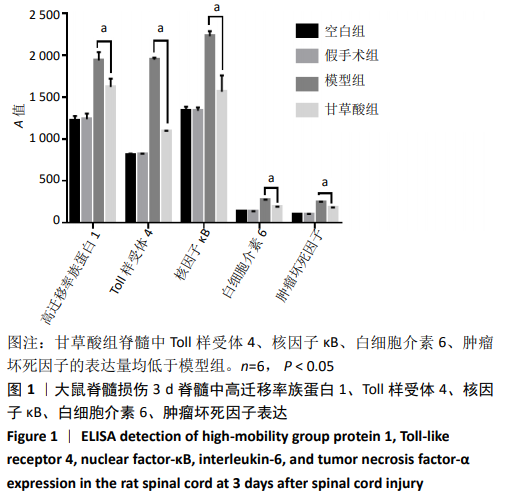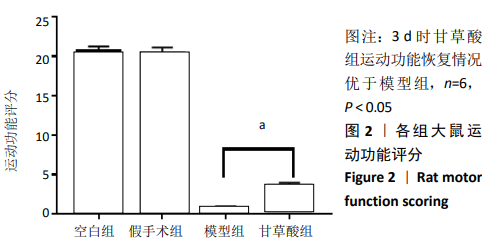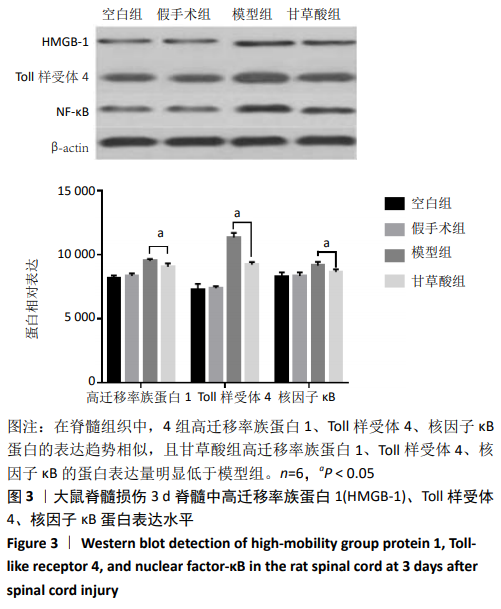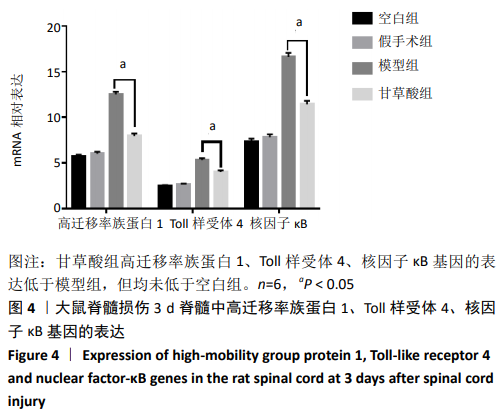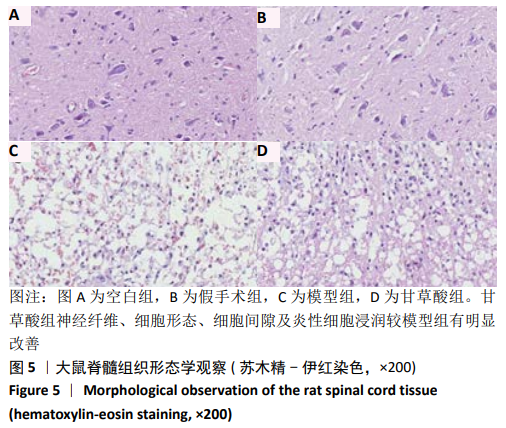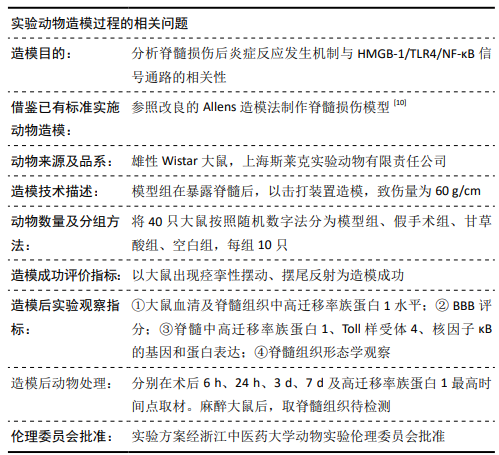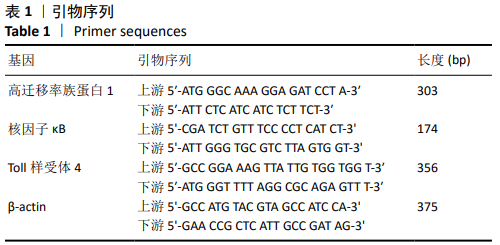[1] CAO XJ, FENG SQ, FU CF, et al. Repair, protection and regeneration of spinal cord injury. Neural Regen Res. 2015;10(12):1953-1975.
[2] BARTEL P, KREBS J, WOLLNER J, et al. Bladder stones in patients with spinal cord injury: a long-term study. Spinal Cord. 2014; 52(4): 295-297.
[3] YANG W, YANG Y, YANG JY , et al. Treatment with bone marrow mesenchymal stem cells combined with plumbagin alleviates spinal cord injury by affecting oxidative stress, inflammation, apoptotis and the activation of the Nrf2 pathway. Int J Mol Med. 2016;37(4): 1075-1082.
[4] SEO JY, KIM YH, KIM JW, et al. Effects of Therapeutic Hypothermia on Apoptosis and Autophagy After Spinal Cord Injury in Rats. Spine. 2015; 40(12):883-890.
[5] MO YP, YAO HJ, LV W, et al. Effects of Electroacupuncture at Governor Vessel Acupoints on Neurotrophin-3 in Rats with Experimental Spinal Cord Injury. Neural Plast. 2016;2016:2371875.
[6] JUAREZ BO, SALGADO CH, ANGUIANO SC, et al. Electro-Acupuncture at GV.4 Improves Functional Recovery in paralyzed rats after a Traumatic Spinal Cord Injury. Acupunct Electrother Res.2015;40(4):355-369.
[7] 李长明, 谢尚举, 王拓, 等. 电针对大鼠急性脊髓损伤后神经细胞凋亡及相关功能的影响[J]. 中国骨伤, 2015, 28(8):737-738.
[8] DU M, CHEN R, QUAN R, et al. A Brief Analysis of Traditional Chinese Medical Elongated Needle Therapy on Acute Spinal Cord Injury and Its Mechanism. Evid Based Complement Alternat Med. 2013;2013:828754.
[9] WANG B, LIAN YJ, DONG X, et al. Glycyrrhizic acid ameliorates the kynurenine pathway in association with its antidepressant effect. Behav Brain Res.2018;353:250-257.
[10] 胡华辉,黄小龙,全仁夫, 等.急性脊髓损伤模型大鼠血清和脊髓的代谢组学研究[J].中国骨伤, 2017,30(2):152-158.
[11] 许明, 张泓, 刘继生,等. 电针对完全性脊髓损伤后神经源性膀胱大鼠脊髓组织中Caspase-9、细胞色素C及凋亡蛋白酶激活因子-1表达的影响[J].中国康复理论与实践, 2017,23(6):628-633.
[12] YUN BH, CHON SJ, CHOI YS, et al.Pathophysiology of Endometriosis: Role of High Mobility Group Box-1 and Toll-Like Receptor 4 Developing Inflammation in Endometrium. PLoS One. 2016.11(2):e0148165.
[13] 王双, 林斌, 陈志达, 等. 抑制TNFR/RIPK信号通路对大鼠急性脊髓损伤后神经功能的影响[J]. 中国脊柱脊髓杂志, 2017,27(4): 353-360.
[14] RODEMER W, SELZER ME. Role of axon resealing in retrograde neuronal death and regeneration after spinal cord injury. Neural Regen Res. 2019;14(3):399-404.
[15] HU AM, LI JJ, SUN W, et al. Myelotomy reduces spinal cord edema and inhibits aquaporin-4 and aquaporin-9 expression in rats with spinal cord injury. Spinal Cord.2014; 53(2):98-102.
[16] FAN ZK, WANG YF, CAO Y, et al. The effect of aminoguanidine on compression spinal cord injury in rats. Brain Res. 2010;1342:1-10.
[17] LEONARD AV, THORNTON E, VINK R. The Relative Contribution of Edema and Hemorrhage to Raised Intrathecal Pressure after Traumatic Spinal Cord Injury. J Neurotrauma. 2015;32(6):397-402.
[18] DONNELLY DJ, POPOVICH PG. Inflammation and its role in neuroprotection, axonal regeneration and functional recovery after spinal cord injury. Exp Neurol. 2008;209(2):378-388.
[19] STAHEL PF, FLIERL MA.Targeted Modulation of the Neuroinflammatory Response after Spinal Cord Injury: The Ongoing Quest for the “Holy Grail”. Am J Pathol. 2010;177(6):2685-2687.
[20] ZHUO M, WU G, WU LJ. Neuronal and microglial mechanisms of neuropathic pain. Mol Brain. 2011;4:31.
[21] YANG H, HREGGVIDSDOTTIR HS, PALMBLAD K, et al. A critical cysteine is required for HMGB1 binding to Toll-like receptor 4 and activation of macrophage cytokine release.Proc Natl AcadSci. 2010;107(26): 11942-11947.
[22] WANG H,LI W, GOLDSTEIN R,et al.HMGB1 as a potential therapeutic target. Novartis Found Symp. 2007;280:73-85. discussion 85-91, 160-164.
[23] 王颖, 韩秀萍.甘草酸苷作用机制的研究进展[J]. 实用药物与临床,2018,21(1):109-113.
[24] lica L, De Marchis F, Spitaleri A,et al. Glycyrrhizin binds to high-mobility group box 1 protein and inhibits its cytokine activities. Chem Biol. 2007;14:431–441.
[25] Li JM, Quan ZX, Liu B. Research progress of the NF-κB signaling pathway on acute secondary response to spinal cord injury. Journal of Traumatic Surgery. 2009;11:85–87.
[26] Bell MT, Puskas F, Agoston VA, et al. Toll-like receptor 4-dependent microglial activation mediates spinal cord ischemia-reperfusion injury. Circulation. 2013;128:S152-156.
[27] Lee HJ, Shin JS, Lee WS, et al. Chikusetsusaponin IVa Methyl Ester Isolated from the Roots of achyranthes japonica Suppresses LPS-Induced iNOS, TNF-α, IL-6, and IL-1β Expression by NF-κB and AP-1 Inactivation. Biol Pharm Bull. 2016;39(5):657-664.
[28] Xi L, Hu R, Guo T, et al. Immunoreactivities of NF-κB, IL-1β and IL-1R in the skin of Chinese brown frog (Rana dybowskii).Acta Histochem. 2017;119(1):64-70.
[29] Amini PA, Akbari M, Farahabadi A, et al. Effect of estrogen therapy on TNF-α and iNOS gene expression in spinal cord injury model. Acta Med Iran. 2016.54: 296-301.
[30] Ren GY, Sun AN, Zhang JJ, et al. Advances in roles of NF- κB in regulating pathways of apoptosis. Chin J Pharmacol Toxicol. 2015; 29:323-327.
[31] se Y, Ikeda K, Murashima N, et al. The long term efficacy of glycyrrhizin in chronic hepatitis C patients. Cancer. 1997;79:1494-500. |
